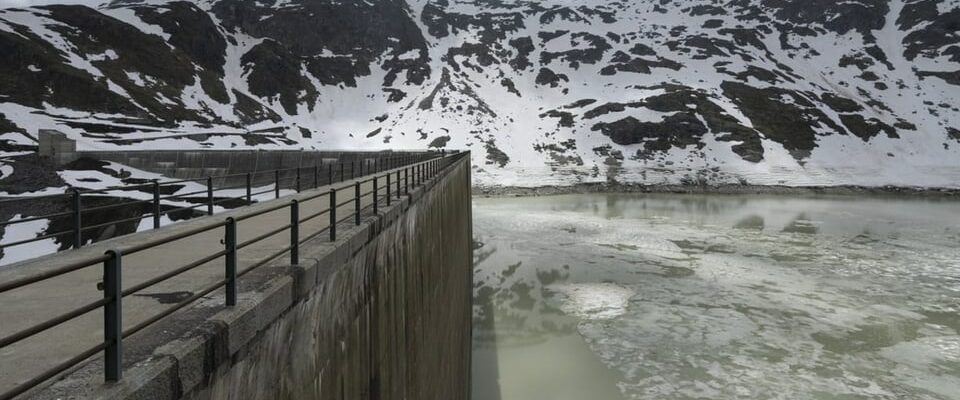Contents
The National Council wants to suspend residual water regulations in favor of energy targets. What does that mean specifically?
What happened? In order to enable the further expansion of hydropower, the National Council decided within the framework of the Energy Mantle Decree to suspend the residual water regulations of hydroelectric power plants. This means that power plant operators will in future have to let less water flow away unused for electricity production. This could have consequences for the habitat of fish and other creatures. In doing so, the National Council risked the referendum of environmentalists, Council leftists argued during the debate on Monday.
What exactly would change? The residual flow regulations for new hydropower plant concessions are being suspended – i.e. suspended for the time being. This will remain so until the binding target values in the Energy Act drawn up by Parliament have been reached – certainly by 2035. If the proposal passes the Council of States, newly licensed hydroelectric power plants could theoretically use the entire volume of water for their electricity production. That says Andri Bryner, hydrologist and media officer at the water research institute Eawag. Bryner doubts whether other regulations are sufficient to protect the affected stretches of water adequately.
Which hydroelectric power plants are affected? According to Bryner, all newly licensed hydroelectric power plants would be affected by the changes. All newly planned hydroelectric power plants are included – including the 15 hydroelectric power projects approved by Parliament – as well as those whose concessions are due to expire and need to be renewed.
What does the National Council’s decision mean for the environment? According to the hydrologist, revealing the residual water regulations would have serious consequences for aquatic organisms. Studies by Eawag show that one third to one half of the small invertebrates disappear in residual water stretches – i.e. sections of streams or rivers in which the legally prescribed residual water volume flows.
Legend:
The Oberaarsee dam on the Grimsel is to be raised as part of Parliament’s planned hydropower projects.
KEYSTONE/Gaetan Bally
Bank spiders, for example, suffer in particular: a “total collapse” in the number of individuals in such residual water stretches was found in them. Other studies show that fish in residual water stretches are significantly leaner than their conspecifics upstream and downstream. For some larger fish, the water depth and the space are simply not enough to swim through, says Bryner.
What influence does the suspension of the residual water regulations have on the energy supply? According to Data from the Federal Office for the Environment (FOEN) as of July 2019, 127 hydroelectric power plants are recorded – 20 run-of-river power plants and 107 diversion power plants (100 run-of-river power plants and seven storage power plants). Taking into account the residual water regulations, the 107 diversion power plants produce 3892 gigawatt hours (GWh) of electricity per year. Without residual water requirements, the annual electricity production would be 4210 GWh – that is around 7.6 percent more electricity.
What’s next? The coat decree will be discussed further in the National Council on Wednesday. The Council of States still has to settle the remaining differences.
